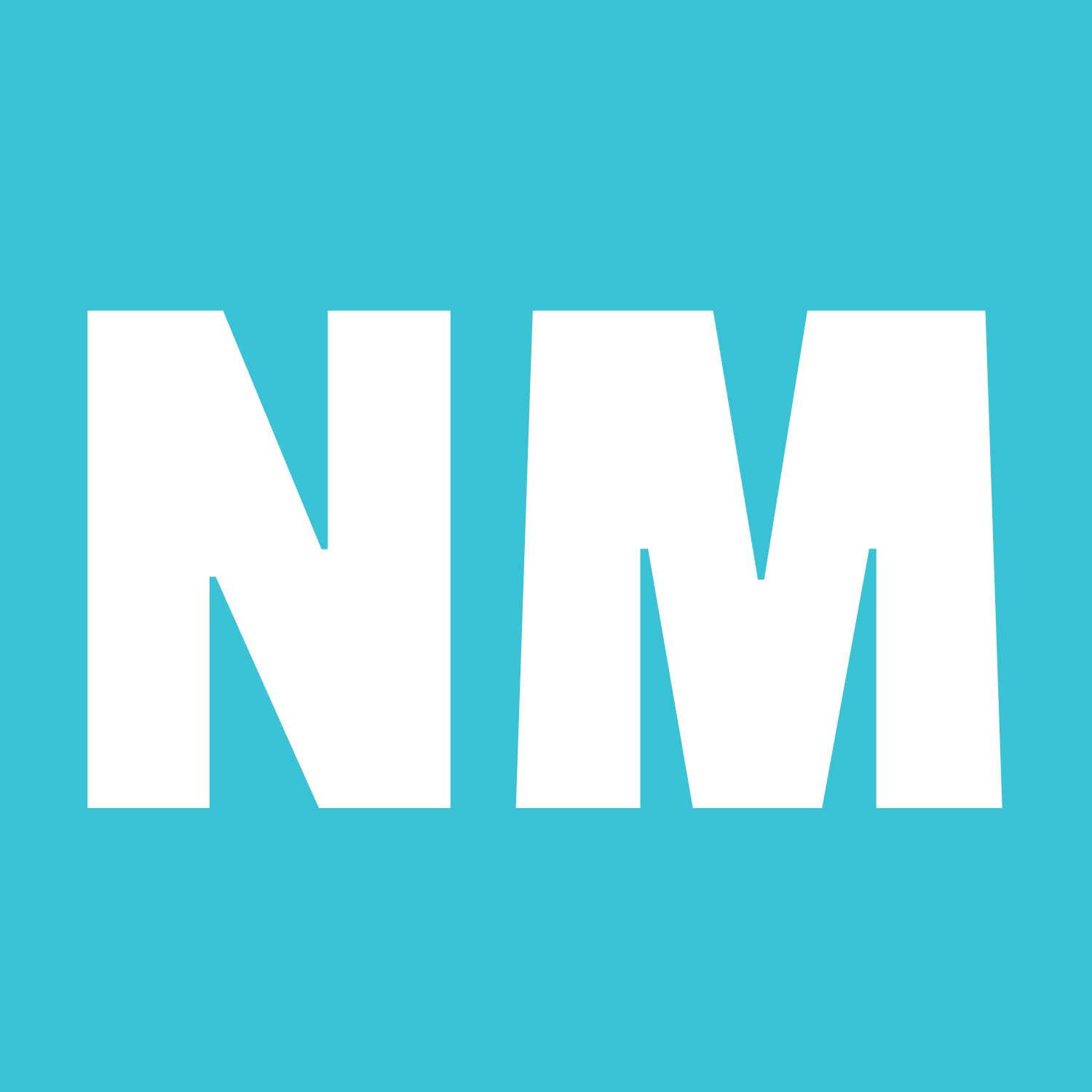5 First Signs to Teach
By Kris Smooke
Where to Start?
Whether your baby is one day old or one year old, using sign language will jump-start their communication and language skills (and make life a little easier on you). The simplest way to start teaching sign is one sign at a time. Choose one word to incorporate into your everyday routine and then commit to signing that word every time you hear it/say it. If you read that word in a book or hear it in a song, get excited about that word and demonstrate the sign to your little one(s). During this process be sure to lock eyes with your baby and also say the word slowly and clearly as you are signing it. Once you feel comfortable using that sign you can gradually add more signs to your vocabulary.
Which Signs?
MORE is by far the most popular baby sign. It is all about instant gratification. Giving babies a way to communicate that they want “more” of something (usually food) is such a helpful tool. While other babies are crying and yelling for what they want, signing babies are learning to communicate using single words or even simple phrases.
ALL-DONE is also a great sign to teach your baby. Using the sign for “all-done” is a wonderful alternative to babies throwing their food on the floor when they’re finished. Even if you chose to only use the signs MORE and ALL-DONE you will enjoy the benefits that using these baby signs bring.
MILK is another common sign to start off with. Milk is life for babies so it truly empowers them to be able to communicate that they’re hungry at such a young age. When babies are able to get their needs met without so much frustration they learn to trust in you and feel more connected to you. Remember that babies live in the here and now so context is extremely important. When you sign “milk” to baby you should be ready to feed them right away.
HELP is a wonderful sign to offer your baby. Babies begin to understand that they are an individual (and separate from their parents) around 6 months of age. The months to follow are filled with experimenting with their independence and demonstrating their determination to figure things out on their own. Teaching your baby the sign for “help” will allow you to stand back and watch them navigate this stage with the comfort of knowing they can call on you for help before they become frustrated in their task. Also, older babies find it easier to ask for help using sign language when they are too proud to verbally admit it.
PLEASE is my personal favorite sign to use. Teaching your baby the sign for “please” instills manners at a wildly young age. Kids actually love being polite. This is a sign that will stick with your kiddo for many years to come. It’s also a great way to remind your little one(s) to use their manners (even if you’re standing on the opposite side of the room).
When to Start?
There is no such thing as too much language exposure so it’s truly a matter of whenever YOU are ready.
About Kris
Kris Smooke owns and operates Tiny Hands Learning, a fast-growing baby sign language business based outside of Charlotte, NC. Her courses and programs are committed to enhancing early communication with babies and toddlers. She graduated in the field of Interpreting (ASL) and worked as a freelance interpreter in the Charlotte area prior to becoming a mom. She is now the mother of two and became passionate about baby signs as soon as she began reaping the benefits of baby signs with her own children. She recently created an online course and Tiny Hands Learning is now trusted nationwide by parents, caregivers, doctors, educators and (of course) the babies, too!


